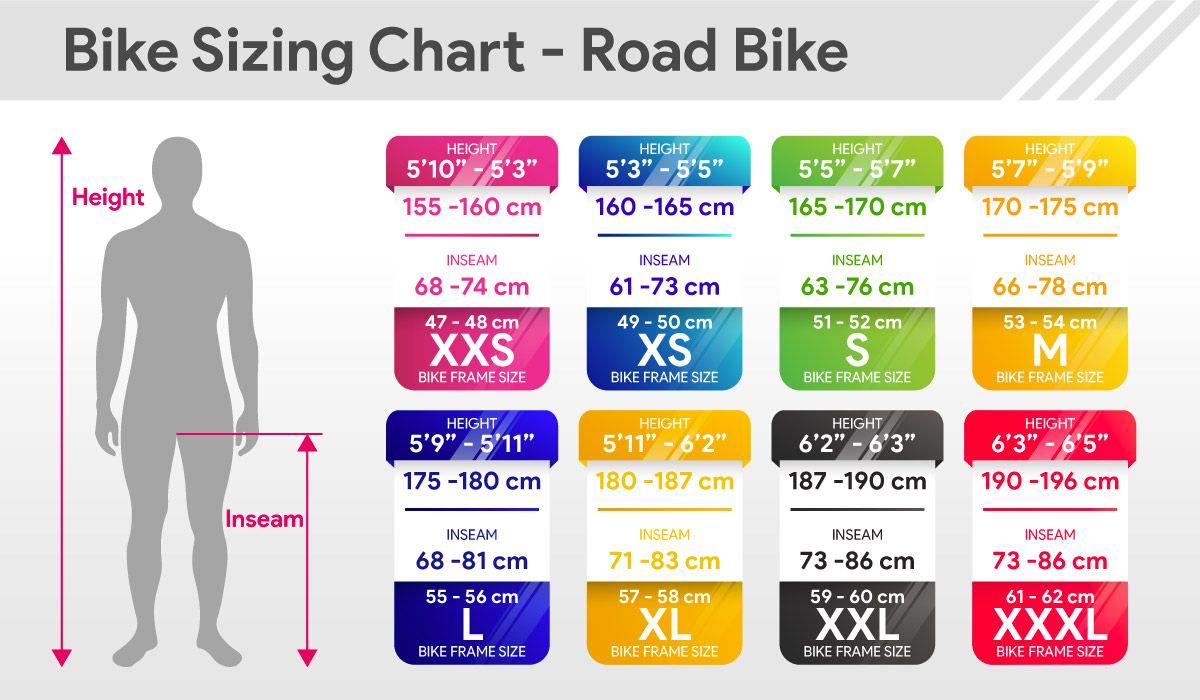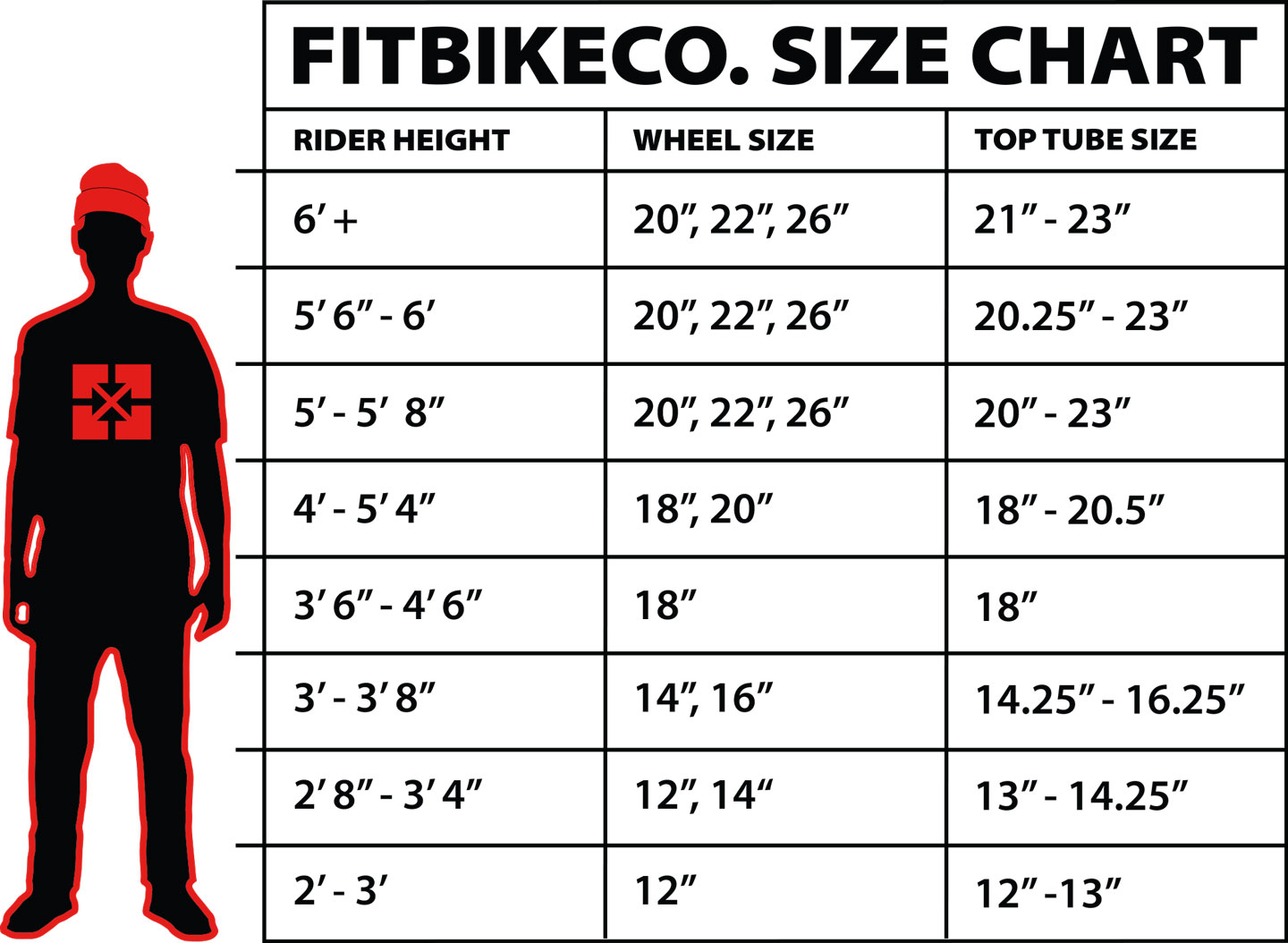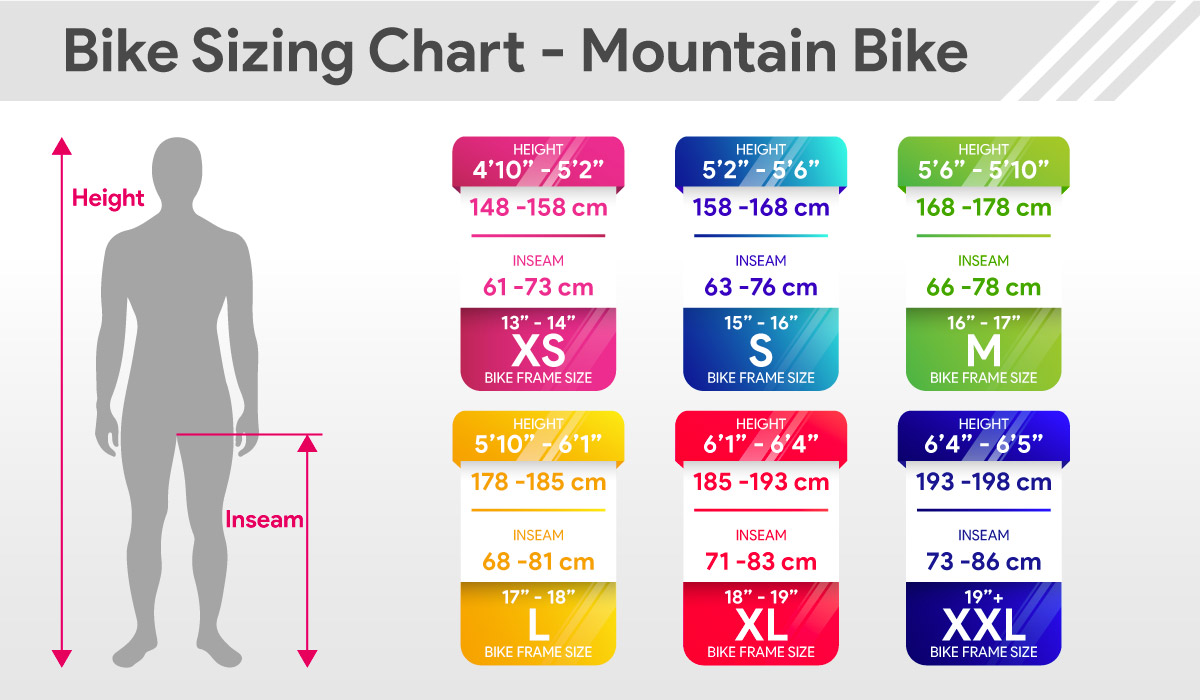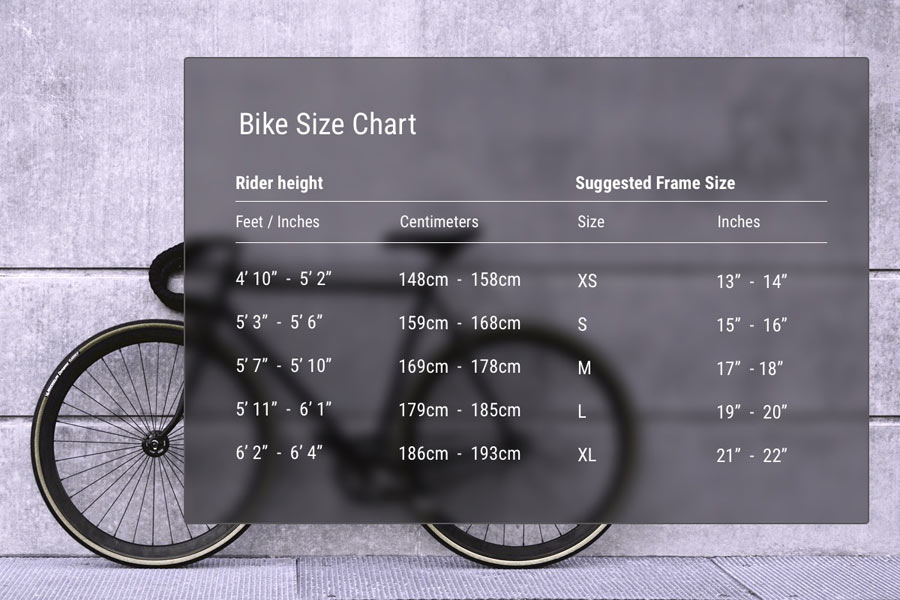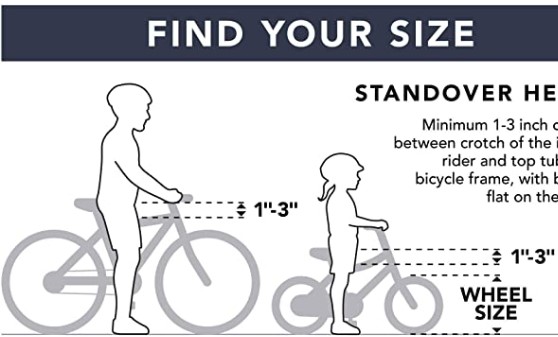How to Measure Your Body for a Bicycle Frame
To determine the ideal frame size, it’s essential to take accurate body measurements. This involves measuring the inseam, arm length, and torso length. Start by standing against a wall with your feet shoulder-width apart and your back straight. Measure the distance from the floor to the top of your inner thigh, which is your inseam. This measurement will help you determine the minimum frame size required.
Next, measure your arm length from the center of your back to the tip of your middle finger. This measurement will help you determine the ideal handlebar height and reach. Finally, measure your torso length from the base of your neck to your hip bone. This measurement will help you determine the ideal frame size and saddle height.
When taking these measurements, make sure to wear the same type of shoes and clothing you plan to wear while cycling. This will ensure that your measurements are accurate and reflect your actual cycling position. It’s also a good idea to have a friend or family member help you take these measurements to ensure accuracy.
Once you have taken your measurements, you can use a bicycle frame size chart to determine the ideal frame size. These charts typically provide a range of frame sizes based on the rider’s height and inseam. However, it’s essential to remember that these charts are only a guideline, and the ideal frame size may vary depending on the rider’s personal preferences and riding style.
In the next section, we’ll explore how to decipher bicycle frame size charts and find the perfect fit. We’ll discuss the different types of frame size charts, including manufacturer-specific charts and general sizing guidelines.
Deciphering Bicycle Frame Size Charts: A Beginner’s Guide
Bicycle frame size charts can be a valuable tool for determining the ideal frame size. However, these charts can be confusing, especially for beginners. There are two main types of frame size charts: manufacturer-specific charts and general sizing guidelines.
Manufacturer-specific charts are created by individual bicycle manufacturers and provide a range of frame sizes based on the rider’s height and inseam. These charts are often specific to a particular model or series of bicycles and can be found on the manufacturer’s website or in their product catalogs.
General sizing guidelines, on the other hand, are more universal and provide a range of frame sizes based on the rider’s height and inseam. These guidelines are often used by bicycle shops and can be found online or in bicycle sizing charts.
When using a frame size chart, it’s essential to consider the type of bicycle you’re looking for. Road bikes, mountain bikes, and hybrid bikes all have different frame size requirements. Additionally, some manufacturers may have different sizing guidelines for men’s and women’s bicycles.
To read and interpret a frame size chart, start by finding your height and inseam on the chart. Then, look for the corresponding frame size. Keep in mind that these charts are only a guideline, and the ideal frame size may vary depending on the rider’s personal preferences and riding style.
It’s also important to note that some manufacturers may use different terminology or sizing systems. For example, some manufacturers may use a “small,” “medium,” and “large” sizing system, while others may use a numerical system (e.g., 48cm, 52cm, etc.).
By understanding how to read and interpret frame size charts, you can make an informed decision when selecting a bicycle. In the next section, we’ll discuss the factors that can influence frame size, including riding style, terrain, and personal preference.
Factors Affecting Frame Size: Riding Style, Terrain, and Personal Preference
While body measurements and frame size charts are essential tools for determining the ideal frame size, there are other factors to consider. Riding style, terrain, and personal preference can all impact the ideal frame size and must be taken into account when selecting a bicycle.
Riding style is a critical factor in determining frame size. For example, a rider who prefers a more aggressive position may require a smaller frame size to achieve the desired riding position. On the other hand, a rider who prefers a more upright position may require a larger frame size to accommodate their riding style.
Terrain is another factor to consider when selecting a frame size. For example, a rider who primarily rides on smooth roads may prefer a smaller frame size to achieve a more aerodynamic position. However, a rider who primarily rides on rough terrain may prefer a larger frame size to provide more stability and control.
Personal preference is also an essential factor in determining frame size. Some riders may prefer a more compact frame size for easier maneuverability, while others may prefer a larger frame size for increased stability. Ultimately, the ideal frame size will depend on the individual rider’s preferences and needs.
When considering these factors, it’s essential to remember that there is no one-size-fits-all solution. What works for one rider may not work for another, and the ideal frame size will depend on a variety of factors. By taking the time to consider these factors and selecting a frame size that meets your individual needs, you can ensure a comfortable and enjoyable ride.
In the next section, we’ll compare and contrast the frame size offerings of popular bicycle brands, including Trek, Specialized, and Giant. We’ll highlight any notable differences or similarities between brands and provide guidance on how to select the ideal frame size for your next bike.
Popular Bicycle Frame Sizes: A Comparison of Top Brands
When it comes to choosing a bicycle frame size, it’s essential to consider the offerings of different brands. Trek, Specialized, and Giant are three of the most popular bicycle brands, and each has its own unique frame size options.
Trek offers a wide range of frame sizes, from 14 inches to 23 inches, to accommodate riders of all heights and preferences. Their frame size chart is based on the rider’s height and inseam, and they offer a variety of frame styles, including road, mountain, and hybrid bikes.
Specialized also offers a wide range of frame sizes, from 15 inches to 24 inches, and their frame size chart is based on the rider’s height and inseam. They offer a variety of frame styles, including road, mountain, and hybrid bikes, and their frames are known for their comfort and performance.
Giant offers a slightly more limited range of frame sizes, from 16 inches to 22 inches, but their frames are known for their quality and durability. Their frame size chart is based on the rider’s height and inseam, and they offer a variety of frame styles, including road, mountain, and hybrid bikes.
When comparing the frame size offerings of these brands, it’s essential to consider the type of bike you’re looking for and your personal preferences. For example, if you’re looking for a road bike, you may prefer a smaller frame size for a more aerodynamic position. On the other hand, if you’re looking for a mountain bike, you may prefer a larger frame size for more stability and control.
Ultimately, the best way to determine the ideal frame size is to visit a local bike shop and test ride different bikes. This will give you a sense of how the bike feels and handles, and you can get a better sense of which frame size is right for you.
Real-World Examples: How to Choose the Right Frame Size for Your Next Bike
Let’s consider a few real-world examples to illustrate how to apply the concepts learned in this article. Suppose we have a rider who is 5’9″ (175 cm) with an inseam of 31″ (79 cm) and a torso length of 24″ (61 cm). This rider is looking for a road bike and wants to know what frame size would be suitable.
Using the frame size chart, we can see that this rider would fall into the medium to large frame size range. However, we also need to consider the rider’s personal preferences and riding style. If the rider prefers a more aggressive position, they may want to opt for a smaller frame size. On the other hand, if they prefer a more upright position, they may want to opt for a larger frame size.
Another example is a rider who is 6’2″ (188 cm) with an inseam of 34″ (86 cm) and a torso length of 26″ (66 cm). This rider is looking for a mountain bike and wants to know what frame size would be suitable. Using the frame size chart, we can see that this rider would fall into the large to extra-large frame size range. However, we also need to consider the rider’s personal preferences and riding style. If the rider prefers a more aggressive position, they may want to opt for a smaller frame size. On the other hand, if they prefer a more upright position, they may want to opt for a larger frame size.
These examples illustrate the importance of considering multiple factors when choosing a frame size. By taking the time to measure, research, and test different frame sizes, riders can find the perfect fit for their needs and preferences.
In the next section, we’ll discuss common mistakes to avoid when choosing a bicycle frame size, including relying solely on manufacturer charts or neglecting to consider personal factors.
Common Mistakes to Avoid When Choosing a Bicycle Frame Size
When choosing a bicycle frame size, there are several common mistakes to avoid. One of the most common mistakes is relying solely on manufacturer charts or sizing guidelines. While these charts can provide a general guideline, they may not take into account individual factors such as riding style, terrain, and personal preference.
Another common mistake is neglecting to consider personal factors such as flexibility, strength, and riding position. For example, a rider with a more flexible back may be able to accommodate a smaller frame size, while a rider with a less flexible back may require a larger frame size.
Additionally, some riders may make the mistake of choosing a frame size based solely on their height or inseam. While these measurements can provide a general guideline, they do not take into account other important factors such as torso length, arm length, and riding style.
To avoid these mistakes, it’s essential to take a comprehensive approach to choosing a frame size. This includes measuring your body, researching different frame sizes, and testing different bikes to find the perfect fit.
By taking the time to carefully consider your options and avoid common mistakes, you can find a frame size that meets your needs and provides a comfortable and enjoyable ride.
In the next section, we’ll summarize the key takeaways from the article and emphasize the importance of finding the right frame size for a comfortable and enjoyable ride.
Conclusion: Finding Your Ideal Bicycle Frame Size for a Comfortable and Enjoyable Ride
Choosing the right bicycle frame size is a crucial step in ensuring a comfortable and enjoyable ride. By understanding the importance of proper frame size, measuring your body, deciphering frame size charts, and considering factors such as riding style, terrain, and personal preference, you can find the perfect fit for your needs.
Remember to avoid common mistakes such as relying solely on manufacturer charts or neglecting to consider personal factors. Instead, take a comprehensive approach to choosing a frame size, and don’t be afraid to test different bikes to find the one that feels right for you.
By taking the time to find your ideal bicycle frame size, you can enjoy a more comfortable and enjoyable ride, improve your performance, and reduce the risk of injury. Whether you’re a seasoned cyclist or just starting out, finding the right frame size is an essential step in getting the most out of your cycling experience.
So, don’t settle for a bike that doesn’t fit you properly. Take the time to measure, research, and test different frame sizes to find your perfect fit. Your body – and your cycling experience – will thank you.
Conclusion: Finding Your Ideal Bicycle Frame Size for a Comfortable and Enjoyable Ride
Choosing the right bicycle frame size is a crucial step in ensuring a comfortable and enjoyable ride. By understanding the importance of proper frame size, measuring your body, deciphering frame size charts, and considering factors such as riding style, terrain, and personal preference, you can find the perfect fit for your needs.
Remember to avoid common mistakes such as relying solely on manufacturer charts or neglecting to consider personal factors. Instead, take a comprehensive approach to choosing a frame size, and don’t be afraid to test different bikes to find the one that feels right for you.
By taking the time to find your ideal bicycle frame size, you can enjoy a more comfortable and enjoyable ride, improve your performance, and reduce the risk of injury. Whether you’re a seasoned cyclist or just starting out, finding the right frame size is an essential step in getting the most out of your cycling experience.
So, don’t settle for a bike that doesn’t fit you properly. Take the time to measure, research, and test different frame sizes to find your perfect fit. Your body – and your cycling experience – will thank you.
In conclusion, finding the right bicycle frame size is a critical aspect of cycling. By following the guidelines outlined in this article, you can ensure a comfortable and enjoyable ride, improve your performance, and reduce the risk of injury. Happy cycling!


